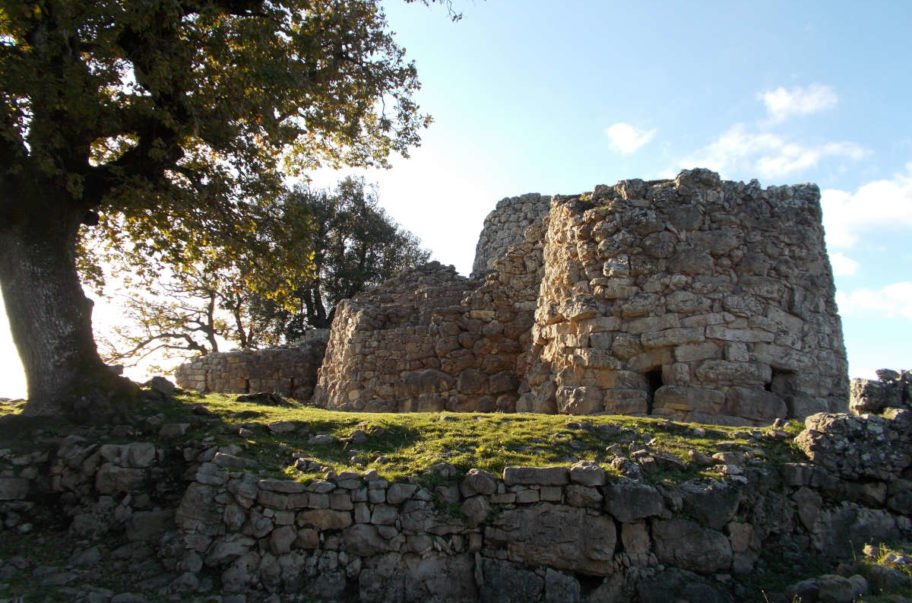Corpo Pagina
The oldest archaeological evidence present in the territory of Villanova Tulo, a small village in Sarcidano area in the province of Sud Sardegna, can be traced back to the Early Bronze Age, to which the cave burials of Is Janas and Frumosa are ascribed. However, the most important site is certainly the nuragic complex of Adoni.
The archaeological area is made up of a four-lobed nuraghe surrounded by a mighty wall and a village made up of numerous huts. The building techniques used in the construction of these structures testify the various construction phases.
The excavation activities conducted in the area have made it possible to bring to light not only dozens of bronze objects, such as axes, javelin tips, spear tips, but also numerous ceramic fragments, as bowls and jars, mostly dating back to the Late and Final Bronze Age (around 1350-1150 BC).
Among the most significant finds, a fragment of a bronze oinochoe with a raised spout is worthy of note: this type of jug was very widespread in Etruria at the end of the 6th century BC and remains unique among the materials imported from Tyrrhenian area into Sardinia.
From Villanova Tulo also comes a singular bronze figurine preserved in the Musei Nazionali di Cagliari, which shows a naked, male figure holding a small waterskin or an askos.
The discovery of a deposit of whole and fragmentary vases, which came to light on the landing of the external staircase adjacent to one of the towers of the Adoni nuraghe, documents important phases of reoccupation of the complex even in late antiquity (6th-7th century AD). Finally, worthy of note is a small hoard of proto-Vandal coins, also coming from the nuraghe area, from the short age when Sardinia was conquered by the Vandals (456-534 AD).
Featured image: Nuraghe Adoni – ph. credits – Valentina Leonelli by Wikimedia Commons

